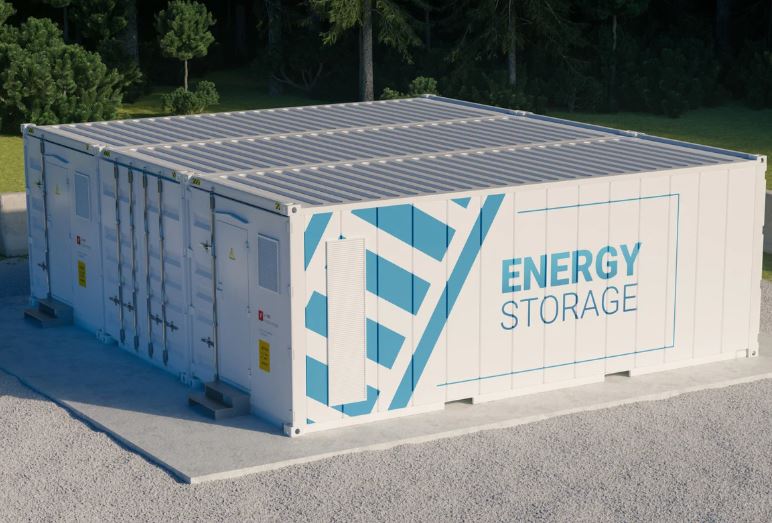Spain-based renewable energy developer Iberdrola has acquired the proposed 270 MW / 1,080 MWh Tungkillo Battery Energy Storage System (BESS) in South Australia for $492 million from UK-headquartered clean energy firm RES Australia.
The investment is part of Iberdrola’s plan to commit $1.7 billion to battery projects across Australia by 2028, reinforcing its strategy to integrate storage with renewable generation.
Located about 30 kilometers west of Adelaide, the Tungkillo BESS will be developed next to the ElectraNet-operated Tungkillo Substation, providing a direct grid connection point within South Australia’s electricity network. With land secured, environmental approvals in place, and advanced grid connection rights, the project is expected to become operational by 2028. Once complete, it will provide up to four hours of energy storage capacity—an increasingly essential function for managing variability in the state’s high renewable energy mix.
The acquisition expands Iberdrola’s South Australian portfolio, which already includes the Port Augusta Renewable Energy Park (PAREP), combining 110 MW of solar and 217 MW of wind capacity, and the 25 MW / 52 MWh Lake Bonney BESS. These projects contribute to the stability of a grid that sources more than 70 percent of its electricity from renewables, underscoring South Australia’s reliance on energy storage to maintain frequency control and reduce curtailment during peak generation periods.
The company is also advancing several large-scale storage developments across other Australian states, including the 180 MW / 260 MWh Broadsound Solar Farm and BESS in Central Queensland, the 65 MW Smithfield BESS in Western Sydney, and early-stage projects such as the 500 MW Bundaberg Regional Battery, 1 GW Burrenbring Battery, 270 MW Kingswood Battery in New South Wales, and the 200 MW Mount Doran Battery in Victoria. Iberdrola additionally has dispatch control of the 50 MW / 75 MWh Wallgrove Grid Battery in New South Wales, owned by Transgrid and built using Tesla Megapacks.
The Tungkillo project’s four-hour discharge duration reflects a broader shift in Australia’s storage market toward longer-duration systems capable of sustaining power during evening peaks or prolonged renewable shortfalls. This transition aligns with the Australian Energy Market Operator’s long-term roadmap, which calls for over 60 GW of energy storage capacity nationwide by 2050 to enable an 82 percent renewable electricity share by 2030.
Stay updated on the latest in energy! Follow us on LinkedIn, Facebook, and X for real-time news and insights. Don’t miss out on exclusive interviews and webinars—subscribe to our YouTube channel today! Join our community and be part of the conversation shaping the future of energy.
